1 April 2025
When it comes to sports nutrition, a one-size-fits-all approach just doesn’t cut it—especially for women. Your body has unique dietary needs, hormone fluctuations, and energy demands that must be met to perform at your best. Whether you're an athlete, a weekend warrior, or just hitting the gym for fun, fueling your body the right way can make all the difference. Let's break down exactly what you need and how to tailor your diet for peak performance.
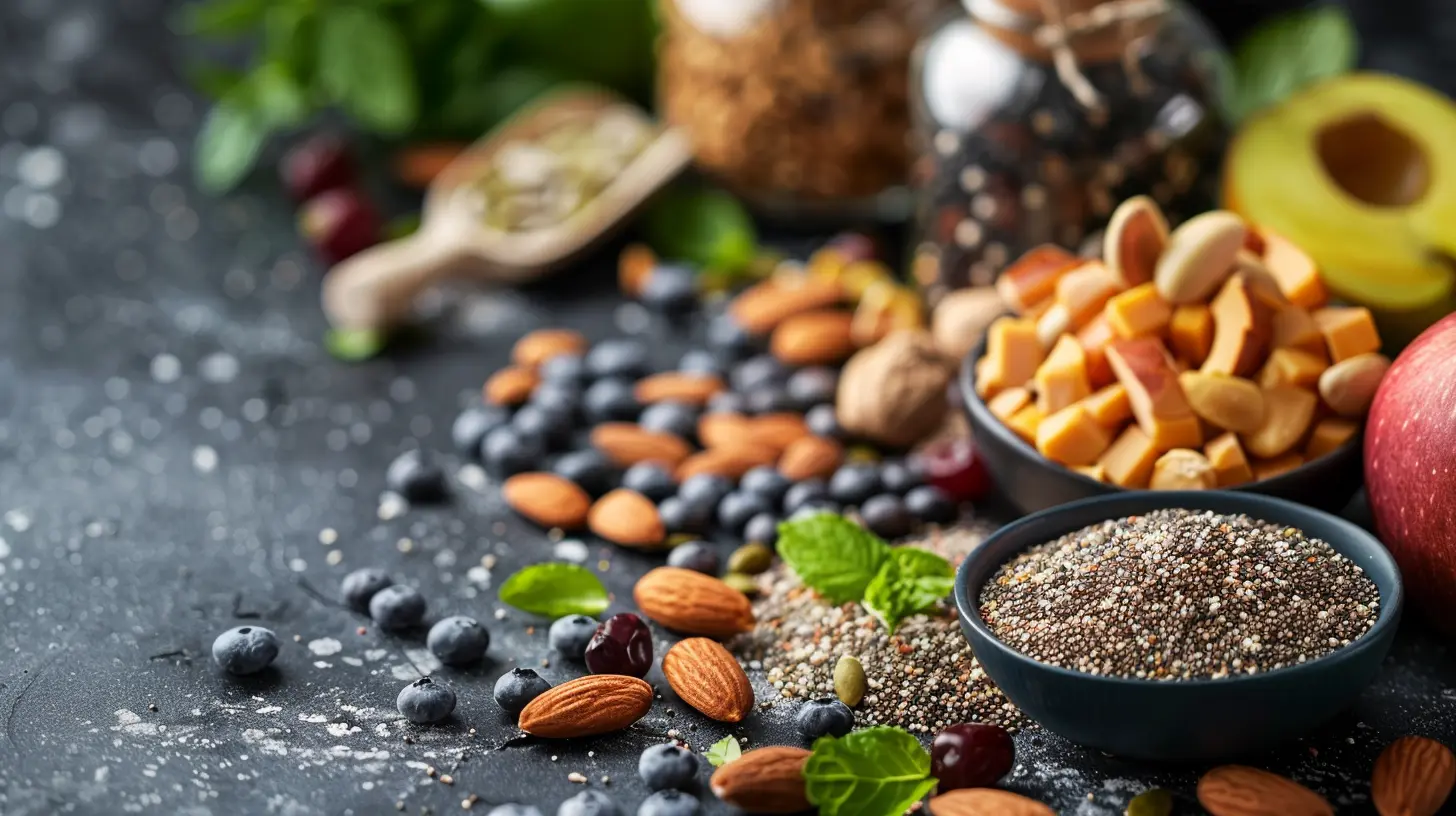
Why Women Need a Different Approach to Sports Nutrition
Women's bodies function differently from men's due to differences in metabolism, muscle mass, and hormonal cycles. Factors like menstruation, pregnancy, and menopause impact energy levels, hydration, and nutrient absorption.For example, estrogen plays a key role in fat metabolism, making it easier for women to rely on fat stores for energy compared to men, who primarily burn carbohydrates. This means your diet should support your natural metabolism while also ensuring you meet strength and endurance needs.
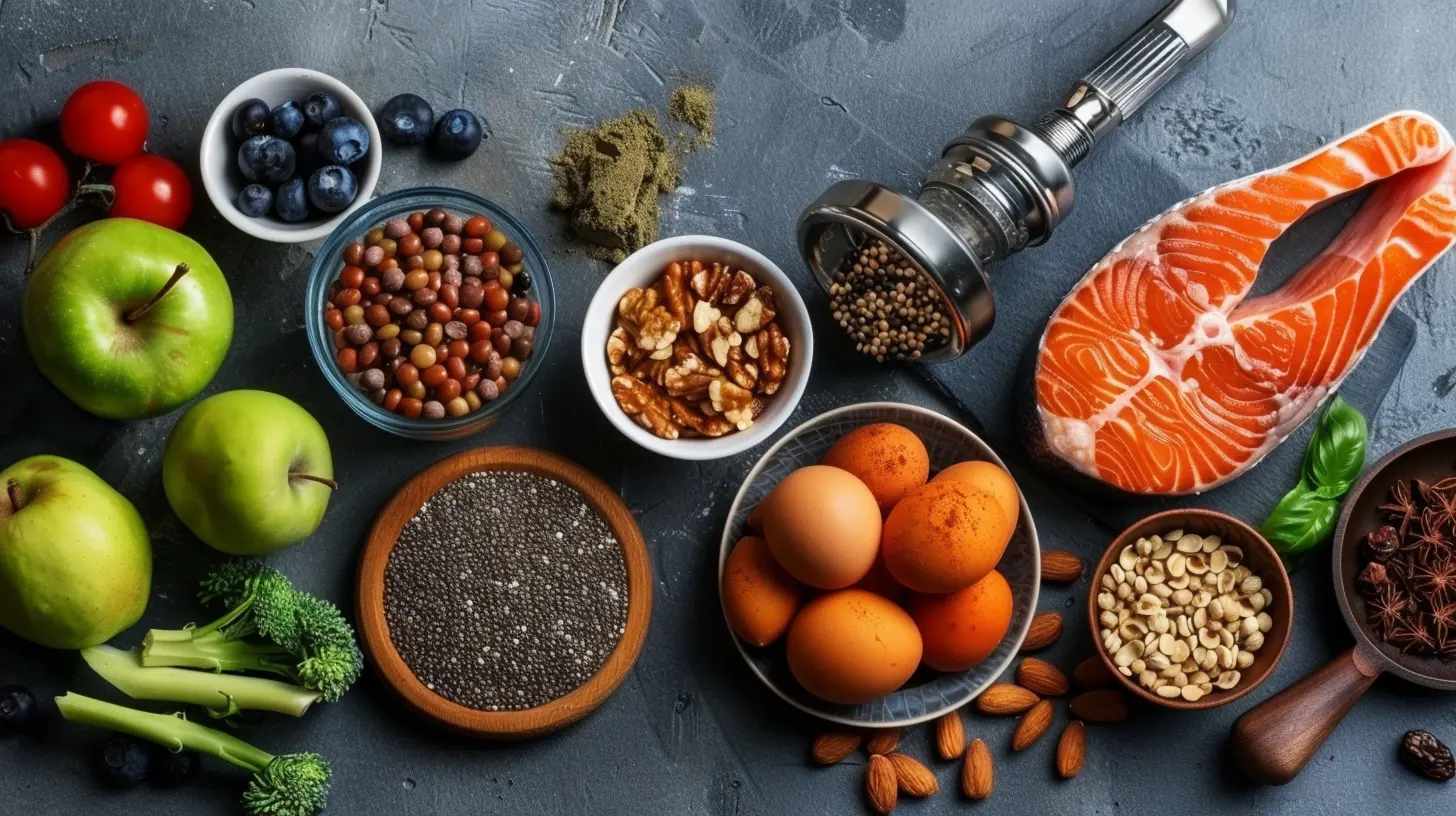
Macronutrients: The Building Blocks of Athletic Success
1. Protein: The Muscle Maker
Protein is essential for muscle repair and recovery. Women often don't consume enough protein, which can lead to longer recovery times and increased risk of injury. The key is to get enough, but not overdo it.- How much do you need? Aim for 1.2–2.0 grams of protein per kilogram of body weight, depending on your activity level.
- Best sources? Lean meats, poultry, fish, eggs, dairy, plant-based options like lentils, chickpeas, and tofu.
- When to eat it? Spread your protein intake throughout the day to maximize absorption and muscle repair.
2. Carbs: Your Body’s Primary Fuel Source
Carbs are your best friend when it comes to energy. They provide quick, usable fuel for your workouts and aid in recovery.- How much do you need? Around 45–65% of your total daily calories should come from carbohydrates.
- Best sources? Whole grains, fruits, vegetables, legumes, and starchy vegetables like sweet potatoes.
- When to eat them? Focus on complex carbs throughout the day and simple carbs before and after workouts for fast energy.
3. Fats: The Powerhouse Macronutrient
Healthy fats are vital for hormone balance, brain function, and endurance. Women rely more on fat for energy than men, making healthy fat intake essential.- How much do you need? About 20–35% of your daily calories should come from fats.
- Best sources? Avocados, nuts, seeds, olive oil, fatty fish, and coconut oil.
- When to eat them? Incorporate them into meals, but avoid heavy fat intake right before workouts to prevent sluggishness.
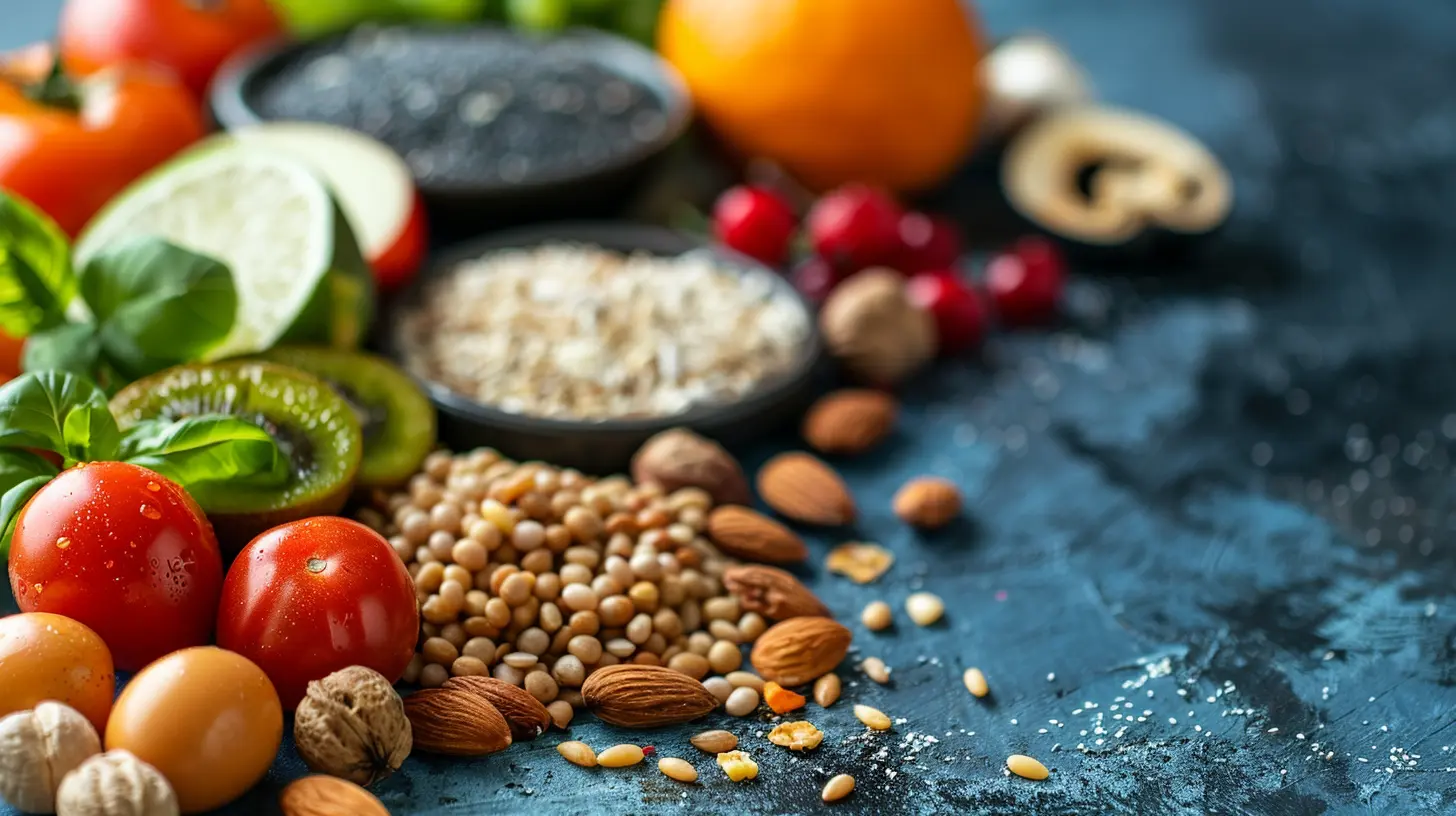
The Role of Micronutrients in Women's Sports Nutrition
1. Iron: Essential for Oxygen Transport
Women lose iron through menstruation, making iron deficiency common, especially among athletes. Low iron can lead to fatigue and decreased performance.- Best sources? Red meat, poultry, fish, spinach, lentils, and fortified cereals.
- Tip: Pair iron-rich foods with vitamin C (like oranges or bell peppers) for better absorption.
2. Calcium and Vitamin D: Bone Health Superstars
Women are at a higher risk of osteoporosis, making calcium and vitamin D crucial for bone strength and muscle function.- Best sources? Dairy products, fortified plant-based milks, leafy greens, and fish like salmon.
- Tip: Get sunlight exposure for natural vitamin D synthesis!
3. Magnesium: The Recovery Mineral
Magnesium helps with muscle relaxation, prevents cramps, and supports energy production—key for active women.- Best sources? Nuts, seeds, whole grains, dark chocolate, and leafy greens.
- Tip: Try magnesium-rich foods before bed to aid muscle recovery and sleep quality.
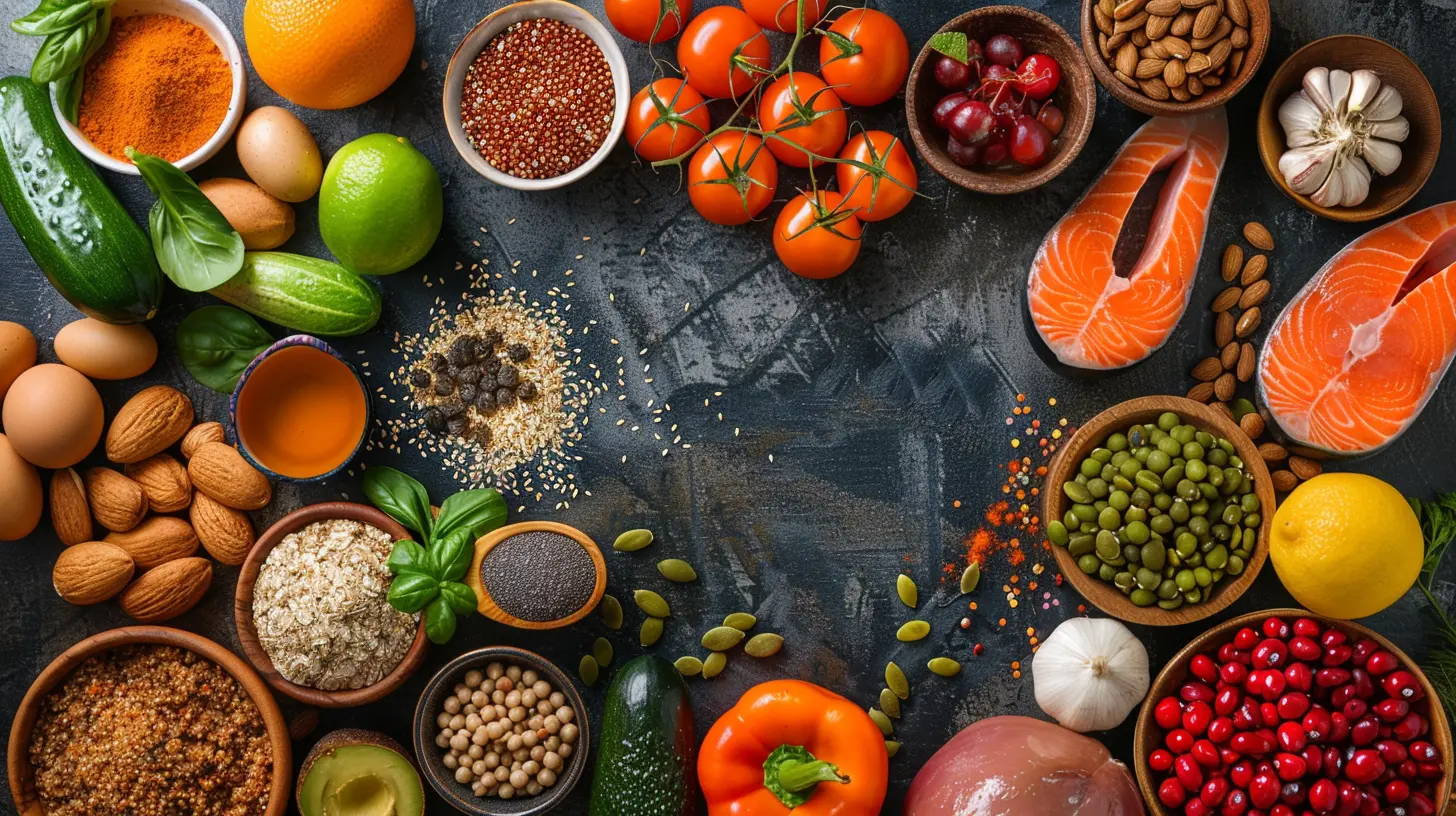
Hydration: More Than Just Water
Dehydration can cause fatigue, nausea, and decreased performance. Women need to be extra mindful of hydration, especially due to hormonal fluctuations affecting fluid balance.- How much water? Aim for at least 2.7 liters (91 ounces) daily, more if you're sweating during intense workouts.
- Electrolytes matter! Sodium, potassium, and magnesium help maintain hydration. Coconut water, electrolyte drinks, and salty snacks can be beneficial post-workout.
Pre- and Post-Workout Nutrition
Pre-Workout: Fuel Up Right
The right pre-workout meal can boost endurance and prevent energy crashes.- What to eat? A balance of carbs and protein, such as oatmeal with nut butter, a banana with Greek yogurt, or a smoothie with protein powder.
- When to eat? 30–90 minutes before exercise for optimal digestion.
Post-Workout: Recovery Matters
After a tough workout, your muscles need nutrients to repair and rebuild.- What to eat? A combination of protein and carbohydrates, like a protein shake with fruit, chicken with quinoa, or eggs with whole-grain toast.
- When to eat? Within 30–60 minutes for the best recovery benefits.
Supplements: Do You Really Need Them?
While real food should always come first, some supplements can help fill in the gaps.- Protein Powder: A convenient way to meet protein needs, especially for active women.
- BCAAs (Branched-Chain Amino Acids): May aid in muscle recovery and reduce soreness.
- Fish Oil: Supports joint health and reduces inflammation.
- Multivitamins: Can help cover micronutrient deficiencies, particularly if your diet lacks variety.
Adjusting Nutrition for Your Menstrual Cycle
Your menstrual cycle impacts energy levels and nutrient needs. Here’s how to adjust your diet accordingly:- Follicular Phase (Days 1–14): Focus on protein and iron-rich foods to replenish lost stores.
- Ovulation (Around Day 14): Energy levels peak—use this time for high-intensity workouts and fuel with complex carbs.
- Luteal Phase (Days 15–28): Progesterone rises, increasing hunger and cravings. Eat more healthy fats and fiber to stay satisfied.
The Bottom Line: Listen to Your Body
Sports nutrition for women isn’t about following a rigid meal plan, but rather tuning into your body's signals and giving it what it needs. Whether it’s adjusting your carb intake based on your training day, increasing iron-rich foods during your period, or sipping on electrolytes after a sweaty workout—small changes can lead to big improvements in performance and recovery.At the end of the day, fuel your body, train smart, and remember: the better you eat, the better you'll perform!

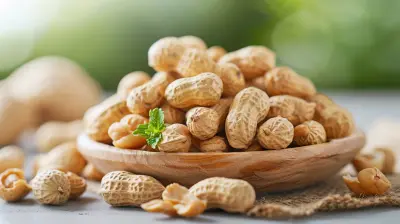


Ruby Cole
This article piques my interest! I'm curious about how specific nutrients impact women athletes differently than men. Are there particular foods or supplements that can enhance performance during different phases of the menstrual cycle? I’d love to learn more about how to optimize nutrition for various training goals!
April 3, 2025 at 2:48 AM